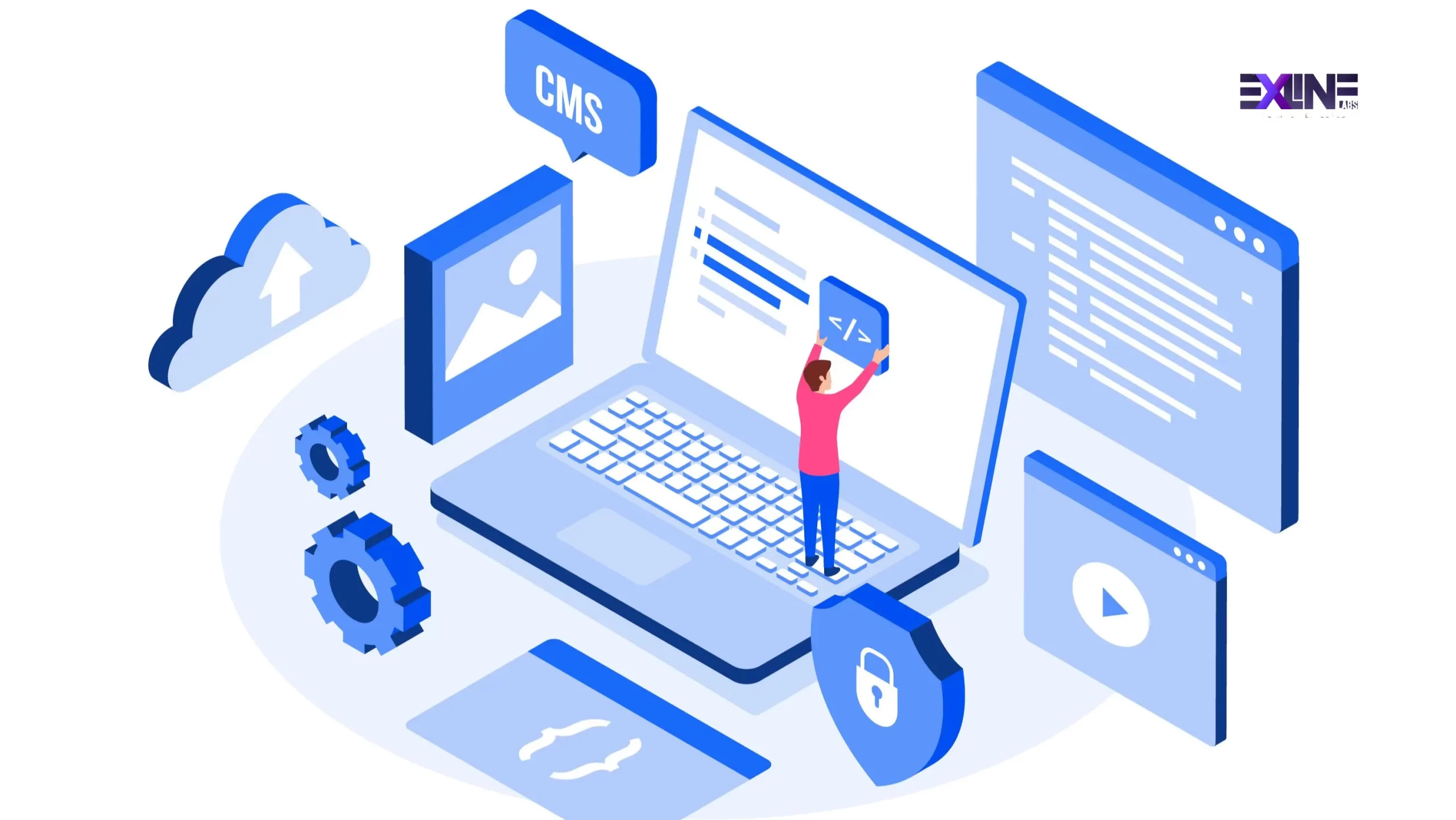In today’s fast-paced digital commerce landscape, establishing an online presence is not just essential—it’s imperative for business survival. WordPress, renowned for its adaptability, has seamlessly integrated with WooCommerce, a powerful e-commerce plugin, to offer an unparalleled solution for constructing and managing online stores. This tutorial serves as a guide through the intricacies of setting up a robust e-commerce website using WooCommerce on the WordPress platform. From initial setup to advanced customization, it provides clear instructions and practical insights, catering to both beginners and experienced administrators. This collaboration empowers businesses to navigate the complexities of digital commerce effortlessly. By following this concise yet comprehensive tutorial, users can harness the combined strengths of WordPress and WooCommerce to create a compelling online storefront, meeting the demands of today’s competitive market.
Prerequisites:
Before embarking on this journey, ensure you have the following:
- WordPress Installed: Make sure you have a WordPress website up and running. If not, follow the official guide on WordPress Installation.
- Domain and Hosting: Purchase a domain name and set up hosting for your WordPress site.
Step 1: Install WooCommerce Plugin
The first step in your e-commerce venture is to install the WooCommerce plugin. Navigate to your WordPress dashboard, go to Plugins > Add New, and search for “WooCommerce.” Once found, install and activate the plugin.
|
1 |
wp plugin install woocommerce --activate |
Step 2: Configure WooCommerce Settings
Now that WooCommerce is activated, it’s time to configure the settings. Access the WooCommerce settings through the dashboard and set up your store details, currency, payment gateways, and shipping options.
|
1 2 3 4 5 6 |
// WooCommerce Settings Code Example <?php update_option('woocommerce_currency', 'USD'); update_option('woocommerce_default_country', 'US:CA'); // Add additional settings as needed ?> |
Step 3: Add Products to Your Store
Your online store is only as good as the products it offers. Start by creating product categories and adding products with detailed descriptions, images, and pricing
|
1 2 3 4 5 6 7 8 9 10 11 12 |
// Product Addition Code Example <?php $post_id = wp_insert_post(array( 'post_title' => 'Product Name', 'post_content' => 'Product Description', 'post_status' => 'publish', 'post_type' => 'product', )); wp_set_object_terms($post_id, 'category', 'product_cat'); // Add additional product details as needed ?> |
Customizing Your Store:
Customizing your online store is a pivotal step in creating a unique and memorable shopping experience. Beyond the basics, carefully choose a WooCommerce-compatible theme that resonates with your brand identity. Tailoring the visual aesthetics not only enhances your store’s appeal but also fosters brand consistency. For a safety net during customizations, delve into the world of child themes. These serve as protective layers, allowing you to modify and experiment without compromising the integrity of your core theme. In the dynamic realm of e-commerce, thoughtful customization sets your store apart, offering visitors a seamless and visually engaging journey through your digital marketplace.
Exploring WooCommerce Extensions:
Delve into the expansive realm of WooCommerce extensions to elevate your online store’s capabilities. Explore an array of specialized plugins designed to cater to diverse needs, from seamless payment gateways to efficient shipping solutions. With these extensions, you can tailor your e-commerce platform to suit your business requirements precisely. Whether it’s enhancing user experience, streamlining transactions, or optimizing logistics, WooCommerce extensions offer a versatile toolkit. Embrace the power of customization and fine-tune your store’s functionality with these plugins, ensuring a tailored, efficient, and user-friendly experience for both you and your customers. Elevate your online business to new heights with WooCommerce’s diverse extension ecosystem.
Optimizing Your Online Store for Performance:
In the realm of online retail, the need for a speedy website cannot be overstated. A sluggish site can deter potential customers, impacting user experience and conversion rates. To counter this, it’s imperative to implement effective performance optimization measures. Employ robust caching strategies to reduce load times, compress images for quicker page rendering, and leverage Content Delivery Networks (CDN) to distribute content efficiently across the globe. By adopting these practices, you not only enhance user satisfaction but also bolster your online store’s competitiveness in the dynamic digital marketplace. Optimal performance is key to attracting and retaining a satisfied customer base.
Ensuring Security:
In the ever-evolving digital landscape, prioritizing security is non-negotiable for your online store’s success. To fortify your defenses, implement SSL certificates, ensuring that sensitive data, such as customer information and payment details, is encrypted and protected from potential threats. Regularly scheduled backups act as a safety net, preserving crucial data in the event of unforeseen incidents. Enhance your store’s security posture further by integrating reputable security plugins, offering robust protection against cyber threats. By adopting these measures, you not only safeguard your online business but also foster trust among your customers, establishing a secure environment for seamless transactions.
Promoting Your Online Store:
Promoting your online store is a pivotal phase post-launch. Seamlessly integrate social media platforms, leveraging their vast user bases to increase brand visibility. Implement robust SEO strategies to optimize your website for search engines, ensuring higher rankings and increased organic traffic. Additionally, engage in strategic email marketing campaigns, fostering connections with your audience through personalized content and promotions. By combining these promotional efforts, you’ll not only drive traffic to your site but also establish a strong online presence, ultimately translating into increased conversions and sustained growth for your e-commerce venture.
Troubleshooting Common Issues:
Navigating the e-commerce landscape comes with its share of challenges. In the troubleshooting phase, common WooCommerce issues may arise, impacting your customers’ shopping experience. Addressing these challenges is pivotal for maintaining a seamless online store. From payment gateway hiccups to compatibility concerns with themes and plugins, understanding how to troubleshoot ensures a resilient and user-friendly platform. Stay ahead by familiarizing yourself with error messages, regularly updating plugins, and checking for conflicts. This proactive approach guarantees a smooth online journey for your customers, fostering trust and satisfaction in your e-commerce venture.
Scaling Your Ecommerce Business:
In the dynamic realm of e-commerce, ensuring the scalability of your business is paramount as it expands. Vigilantly monitor analytics to gain insights into customer behavior, allowing informed decision-making. As demand surges, strategically scale resources, whether it’s optimizing server capabilities or augmenting bandwidth. Additionally, delve into advanced features within WooCommerce, harnessing tools that facilitate seamless growth, such as inventory management systems or automated marketing integrations. By proactively addressing scalability, you position your online store for sustained success in the ever-evolving digital marketplace. Stay agile, adapt, and watch your e-commerce venture flourish.
Conclusion:
Congratulations! You’ve successfully set up an e-commerce website using WooCommerce on WordPress. This comprehensive guide provides a solid foundation for your online business. Customize, optimize, and scale your store for continued success in the digital marketplace.
Explore our services here and get in touch with us here. Let’s elevate your online presence together!

